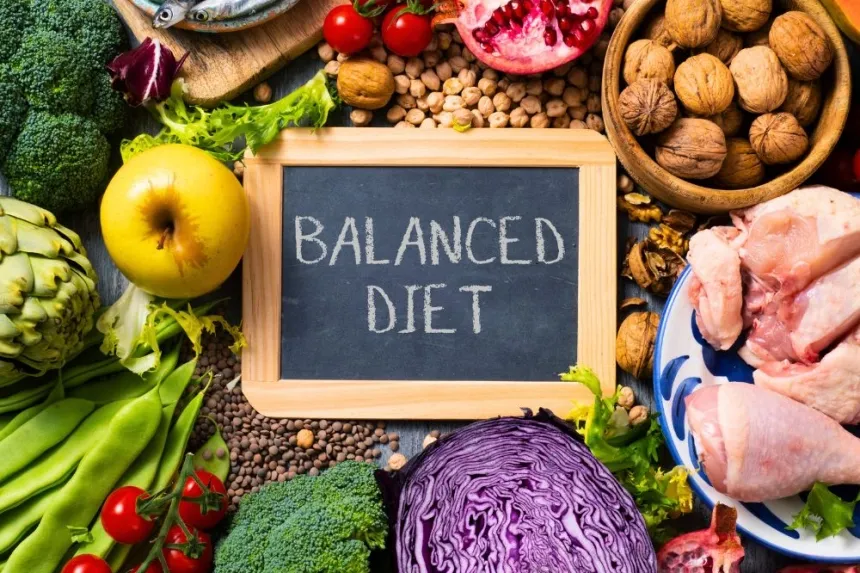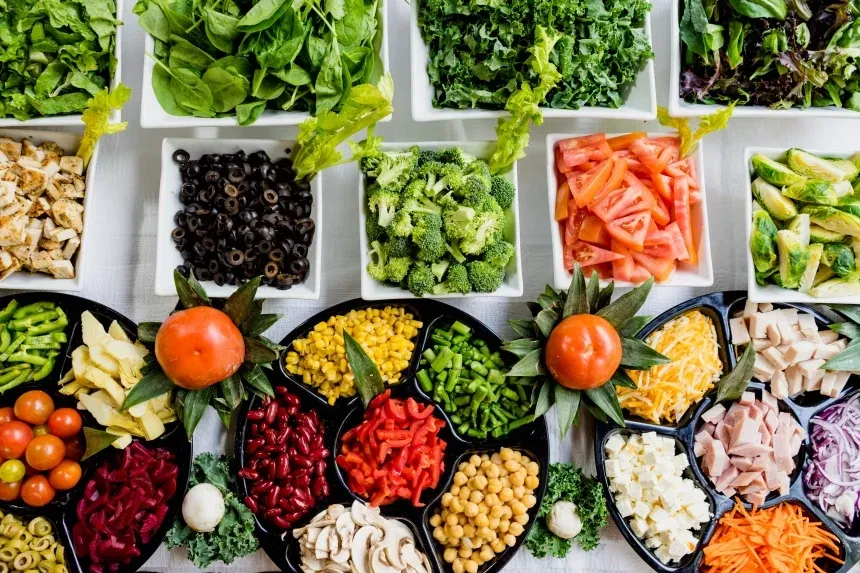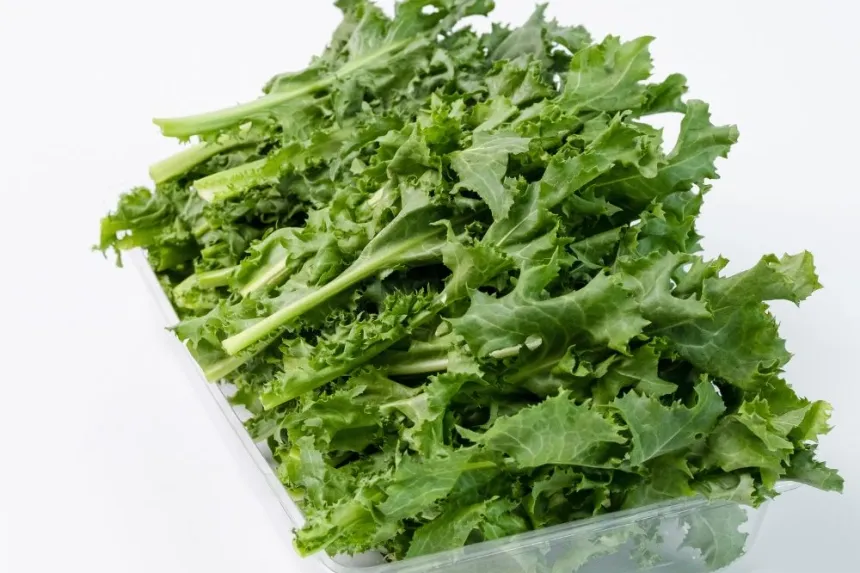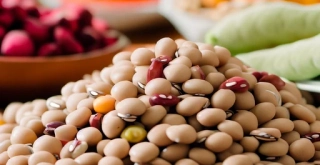How to achieve a perfect balance in your meals

Balanced nutrition is essential for maintaining a healthy lifestyle. Understanding how to balance your plates not only contributes to your overall wellbeing, but also ensures that your body receives all the nutrients it needs. Below, you will find some practical tips for achieving a balanced and nutritious meal.
The Balanced Plate Rule
To begin, it is helpful to visualize your plate. Imagine a plate divided into four parts. Two of these should be dedicated to fruits and vegetables, one to proteins, and the last to carbohydrates. This simple rule can guide you in preparing healthy meals.
Fruits and Vegetables
Including a variety of fruits and vegetables in your diet is essential. They are rich in vitamins, minerals, and fiber. It is recommended to fill half of your plate with these foods. When choosing fruits and vegetables, opt for different colors to ensure you get a wide range of nutrients. For example, combine broccoli (green) with carrots (orange) and strawberries (red).
Proteins
Proteins are crucial for the repair and construction of body tissues. In the section designated for proteins on your plate, include sources such as lean meats, fish, eggs, legumes, or dairy products. Try to vary your protein sources to include both animal and plant options.
Carbohydrates
Carbohydrates are the main source of energy for our bodies, so they should not be absent from a balanced meal. However, it is important to choose healthy options. Instead of white bread and refined sugars, opt for whole grains, such as brown rice, quinoa, or whole grain bread. This not only provides energy but also aids digestion due to its high fiber content.
Healthy Fats
Another component to consider is fats. Incorporating healthy fats into your diet is vital for cellular health and the absorption of certain vitamins. Include fats from avocados, nuts, seeds, and olive oil in your meals. It is advisable to avoid trans fats and limit saturated fat intake.
Importance of Hydration
You should not overlook the importance of hydration in balanced nutrition. Make sure to consume enough water throughout the day. During meals, choose water or unsweetened infusions instead of sugary drinks. This will not only help you feel better but also complement a healthy diet.
Portion Control
Portion control is essential for maintaining an appropriate balance. While it is important to include a variety of foods in your meals, you also need to pay attention to the amount you consume. Listening to your body, recognizing hunger and fullness signals, and adjusting your portions can help you achieve a more balanced diet.
Meal Planning
Meal planning is an effective strategy for achieving balanced nutrition. Take the time to plan your weekly menus, ensuring you include all food groups in each meal. This will not only make grocery shopping easier but also ensure that you have healthy options available.
Conclusion
Achieving a perfect balance in your meals is possible with a little planning and knowledge. Remember the plate rule, the importance of fruits and vegetables, and the choice of healthy carbohydrates and fats. With these tips, you will be on the right path to a more balanced diet.
I invite you to continue reading more tips and recommendations about nutrition and health on my blog. Your wellbeing is my priority!











































